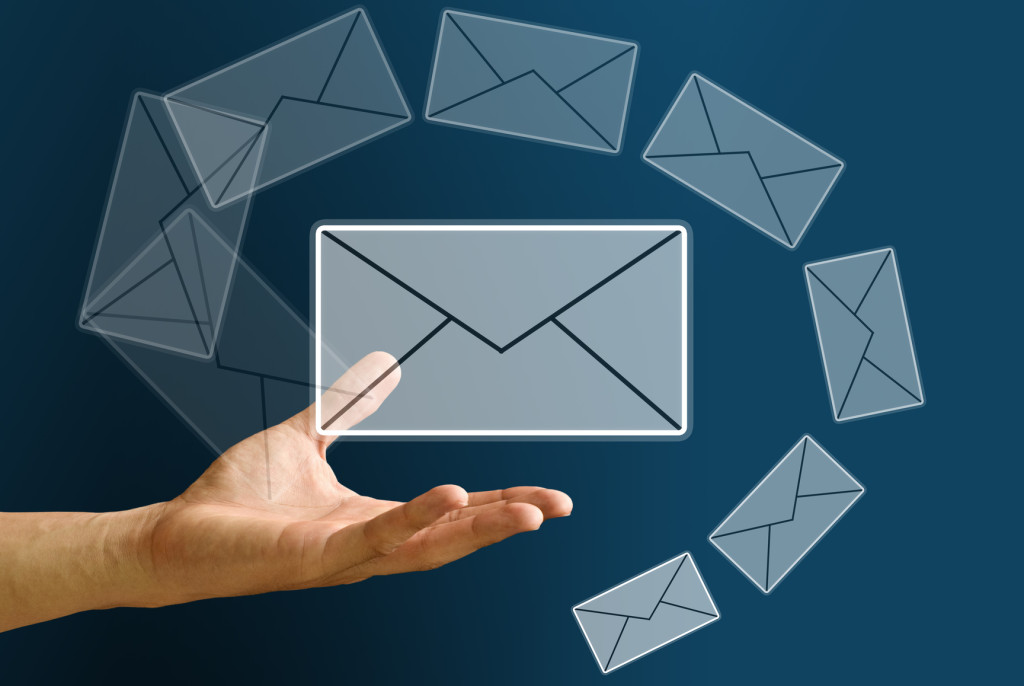Steal ideas from your competitors' emails
A couple months ago, my boss Irma forwarded to me an email she’d been sent.
She had subscribed to Company X’s automated emails, and liked the way they let customers know when their office would be closed during the holidays. “Do you have something like this planned?” she asked.
I did not.
It was then I realized I needed to get better at stealing ideas from other companies to use in my email newsletters.
What I Decided to Steal
When I first started doing this job, I subscribed to email newsletters all day long. I wanted to see what our competitors were blogging or creating videos or making infographics about.
Eventually I started unsubscribing because the sheer volume of emails got overwhelming, and I felt I could get this info from social media.
What I should have been doing was looking at the emails themselves. The way they looked, and were written.
There were three things that stuck out to me from the email Irma had forwarded to me:
1. Greeting
The email started with a simple enough greeting, something to the effect of “I hope this email finds you well.” I liked that.
My emails didn’t start out with a greeting, other than “Hey [Name].” From there I pretty much dived in with, “This is why I’m emailing you” language.
So I definitely needed to steal the idea of a much warmer greeting.
2. Company Info
Weirdly, it never occurred to me to tell customers the general day-to-day stuff that goes on in the office. Stuff like new hires, promotions, holidays. I never thought about telling customers, “So, you know Christmas? Yeah, we’ll probably respond to your emails a bit slower that day.”
But that kind of stuff is important. If nothing else, it gives you a reason to stay in touch with customers, keeping your business on their minds.
So I needed to steal the idea of including relevant company info in my emails.
3. Much More Fun Company Info
In Company X’s email, they talked about a charitable organization they were donating to. It made me think, “That’s awesome. We should do that, too” and also, “We can totally include that information in our newsletters.”
Aside from being told what we can do for them in terms of service, customers may be interested in knowing who they’re actually doing business with.
At Edit, we often go out for people’s birthdays, or go go-cart racing at the local raceway. Why not occasionally show the fun side of the company?
So I decided to steal the concept of showing who we are through our newsletters.
4. Effective Sign Off
One last thing I decided to steal and use in my emails was not from Company X, but from social media expert Rebekah Radice.
In her emails, Rebekah adds two postscripts: one, instructions for unsubscribing from her email list; and two, how to connect outside of email.
Although it seems like explaining to folks how to unsubscribe from your emails works against you, I feel it’s better for everyone in the long run.
People sometimes sign up to receive emails, forget, and then get angry when they start receiving emails from you. Explaining how to unsubscribe gives them an out without inciting ire.
As for instructions on how to connect outside of email, well that just makes sense. You want customers to find you on Facebook, Twitter, Linked In, what have you, so why not include that information in every single email?
So I decided to steal a better way to end my emails.
A Note About Stealing
So here’s the thing. Throughout this post I’ve used the word “stealing,” but I am not at all advocating for plagiarizing.
If you like the way something is presented in an email, by all means, adopt the concept. But never, ever copy + paste someone else’s words.
You can steal ideas from your competitors, but not their words. Cool? Cool.
Now get to work stealing those great ideas!





